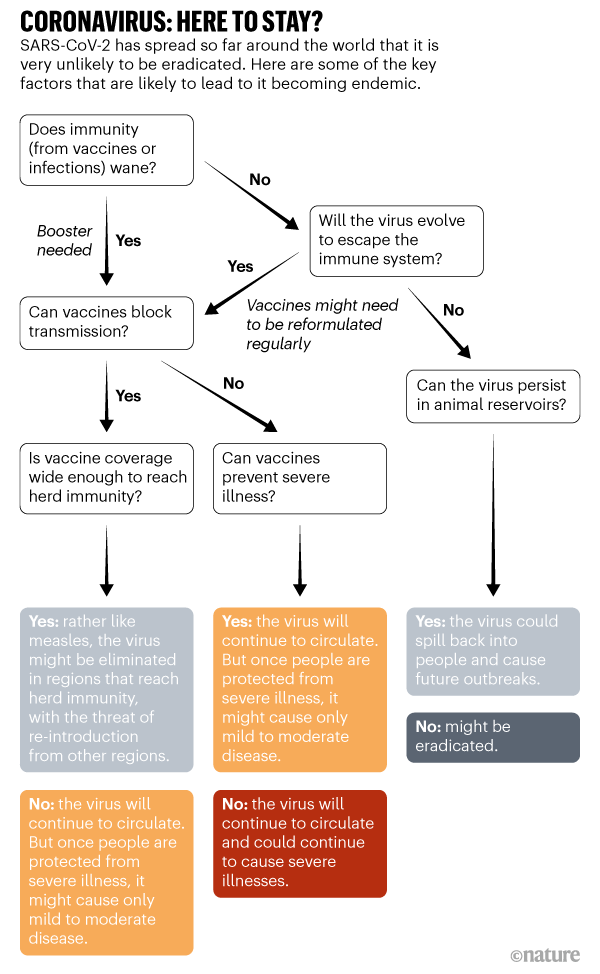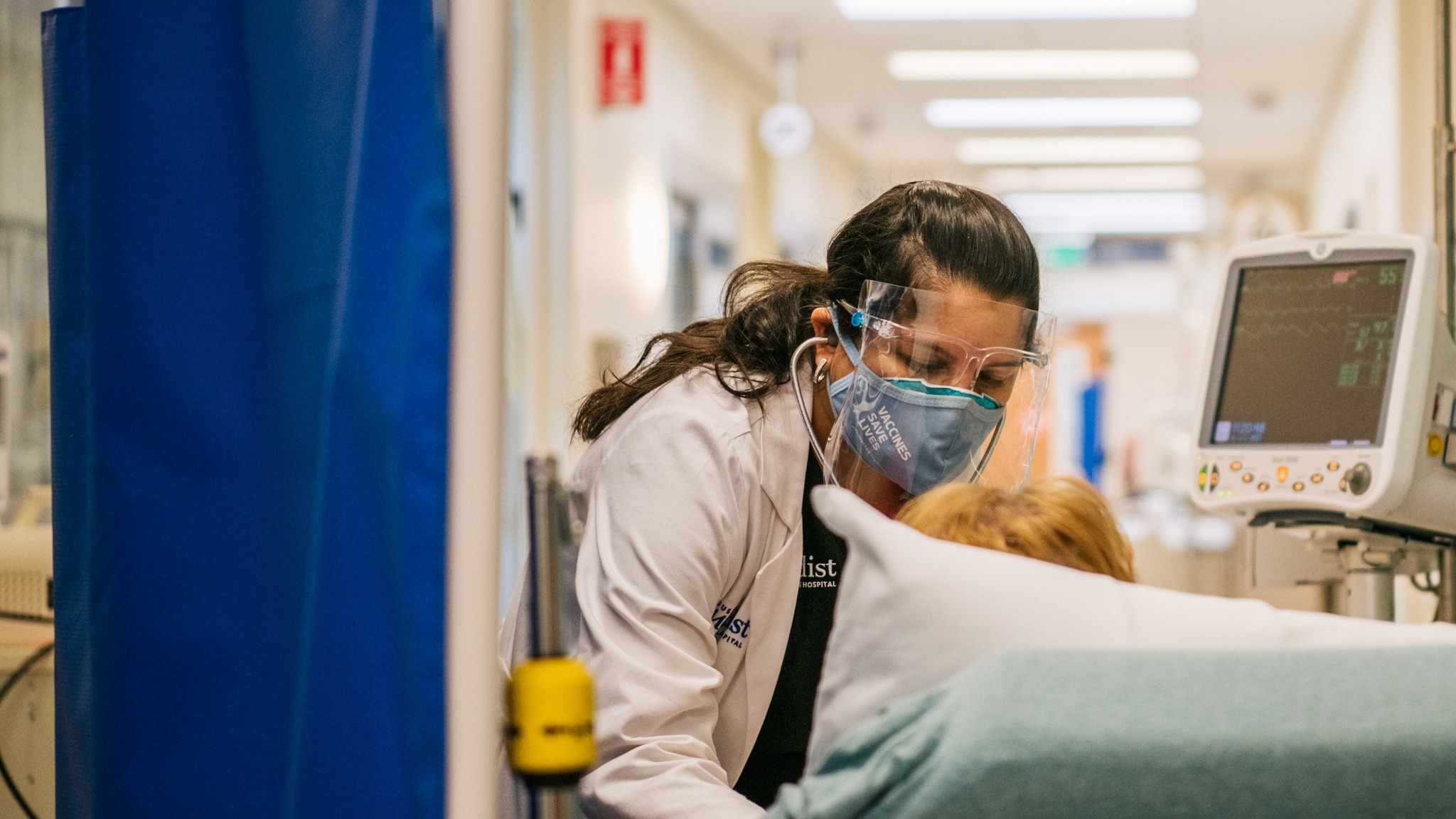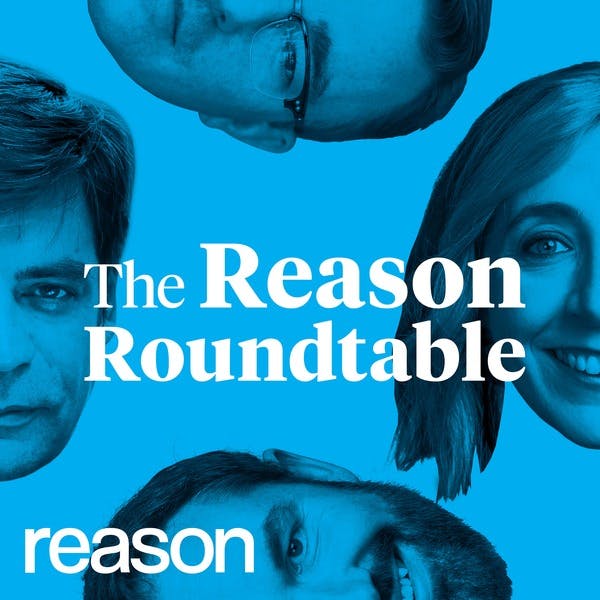
“If you don’t have these pathogens evolving in response to vaccines,” said Paul Ewald, an evolutionary biologist at the University of Louisville, “then we really don’t understand natural selection.”

A vaccine is a novel selection pressure placed on a pathogen, and if the vaccine does not eradicate its target completely, then the remaining pathogens with the greatest fitness - those able to survive, somehow, in an immunized world - will become more common. And vaccines being developed against some of the world’s wilier pathogens - malaria, HIV, anthrax - are based on strategies that could, according to evolutionary models and lab experiments, encourage pathogens to become even more dangerous.Įvolutionary biologists aren’t surprised that this is happening. Immunization is also making once-rare or nonexistent genetic variants of pathogens more prevalent, presumably because vaccine-primed antibodies can’t as easily recognize and attack shape-shifters that look different from vaccine strains.

Just as the mammal population exploded after dinosaurs went extinct because a big niche opened up for them, some microbes have swept in to take the place of competitors eliminated by vaccines. Recent research suggests, however, that some pathogen populations are adapting in ways that help them survive in a vaccinated world, and that these changes come about in a variety of ways. Microbes resistant to vaccines, on the other hand, aren’t a major menace. Perhaps they never will be: Vaccine programs around the globe have been and continue to be immensely successful at preventing infections and saving lives. That’s because drug resistance is a huge global problem that annually kills nearly 25,000 people in the United States and in Europe, and more than twice that many in India. Most people have heard of antibiotic resistance. This increased virulence might then give the viruses the means to overcome birds’ vaccine-primed immune responses and sicken vaccinated flocks. The findings suggest that the Marek’s vaccine encourages more dangerous viruses to proliferate. The team found that, over the course of their lives, the unvaccinated birds shed far more of the least virulent strains into the environment, whereas the vaccinated birds shed far more of the most virulent strains. They then infected all the birds with strains of Marek’s that varied in how virulent - as in how dangerous and infectious - they were.

In a 2015 paper in PLOS Biology, Read and his colleagues vaccinated 100 chickens, leaving 100 others unvaccinated. The big question is whether the vaccines directly incited these changes or the evolution happened, coincidentally, for other reasons, but Read is pretty sure the vaccines have played a role. Department of Agriculture, posit that the virus that causes Marek’s has been changing over time in ways that helped it evade its previous vaccines. Read and others, including researchers at the U.S. Worse, in recent decades, the virus has become more deadly. It still works, but Read and others are concerned it might one day fail, too - and no fourth-line vaccine is waiting. Today, the poultry industry is on its third vaccine. A second vaccine was licensed in 1983 in the hopes of solving the problem, yet it, too, gradually stopped working. It worked well, but within a decade, the vaccine mysteriously began to fail outbreaks of Marek’s began erupting in flocks of inoculated chickens. The first vaccine was introduced in 1970, when the disease was killing entire flocks. Marek’s disease has been sickening chickens globally for over a century birds catch it by inhaling dust laden with viral particles shed in other birds’ feathers.

Read and his colleagues are studying how the herpesvirus that causes Marek’s disease - a highly contagious, paralyzing and ultimately deadly ailment that costs the chicken industry more than $2 billion a year - might be evolving in response to its vaccine. “Funny where science leads you,” Read said. The men transferred the dust into small plastic tubes, which they capped and placed in plastic bags to bring back to the laboratory. Covered head to toe in white coveralls, the two men periodically stopped and crouched, collecting dust from the ground with gloved hands. Read, a disease ecologist who directs the Pennsylvania State University Center for Infectious Disease Dynamics, and his research assistant Chris Cairns meandered their way through a hot, humid, pungent-smelling barn teeming with 30,000 young broiler chickens deep in the Pennsylvania countryside. Andrew Read became a scientist so he could spend more time in nature, but he never imagined that would mean a commercial chicken farm.


 0 kommentar(er)
0 kommentar(er)
